
Krempachy
Elaboration author
Artur Karpacz
Monuments
Parishes
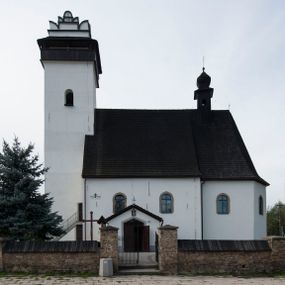
St. Martin's Church in Krempany
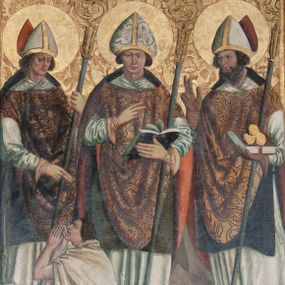
Central part of the triptych: St. Stanislaus, St. Valentine and St. Nicholas
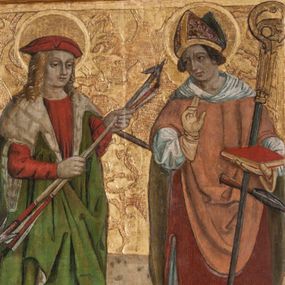
Left triptych wing
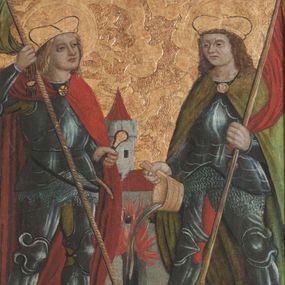
Right triptych wing
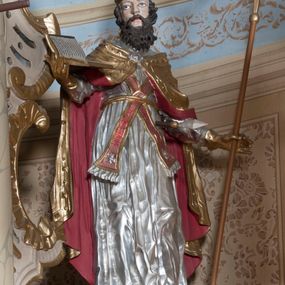
St. Adalbert (sculpture)
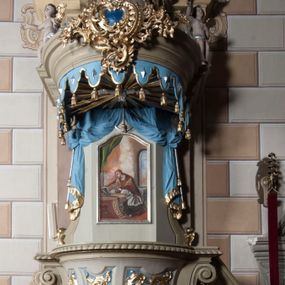
Pulpit
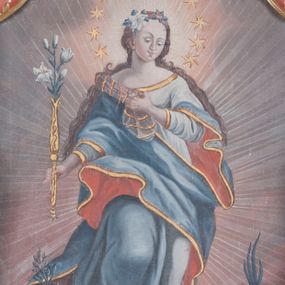
Our Lady of the Immaculate Conception (painting)
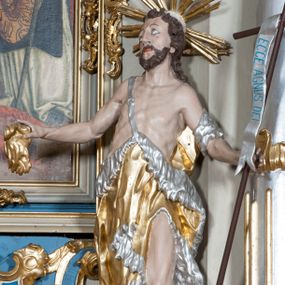
Sculpture of St. John the Baptist
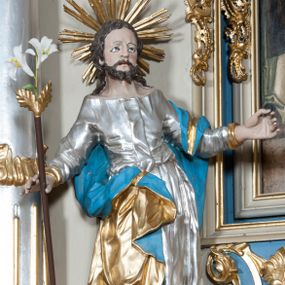
Sculpture of St. Joseph
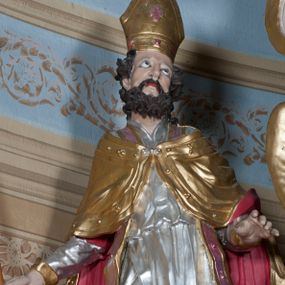
Sculpture of St. Stanislaus
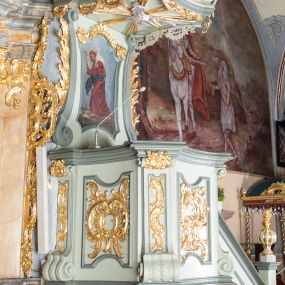
Pulpit
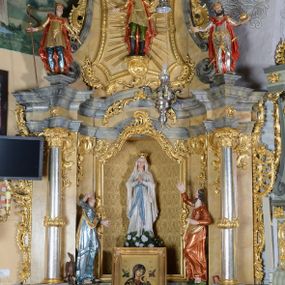
Northern side altar
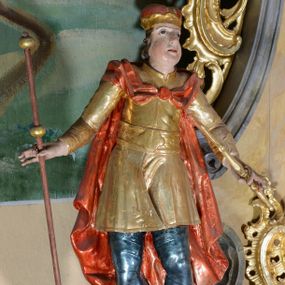
Sculpture of St. Emeric
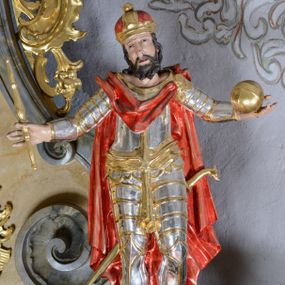
Sculpture of St. Ladislaus
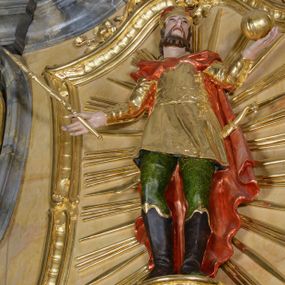
Sculpture of St. Stephen
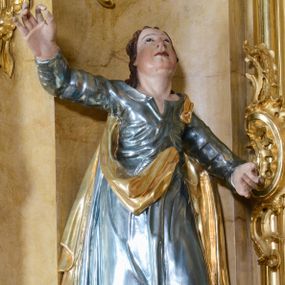
Sculpture of St. John the Evangelist
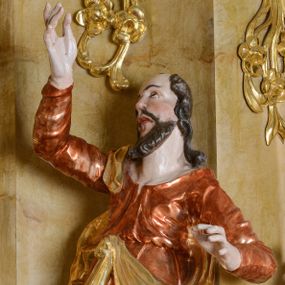
Sculpture of St. Matthew
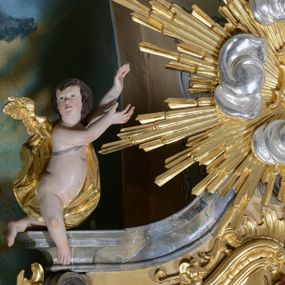
Two angels in altar finial (sculpture)
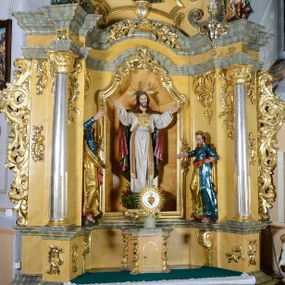
Side altar
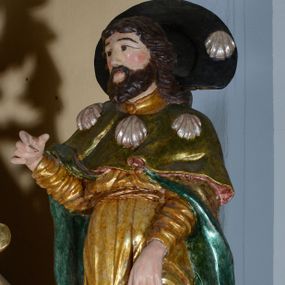
Sculpture of St. Roch
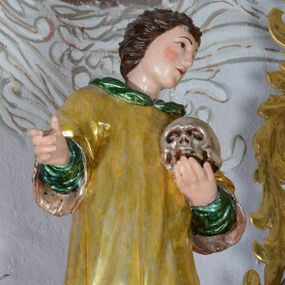
Sculpture of St. Aloysius de Gonzaga
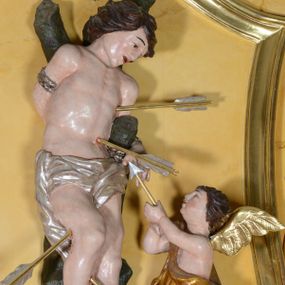
Sculpture of St. Sebastian
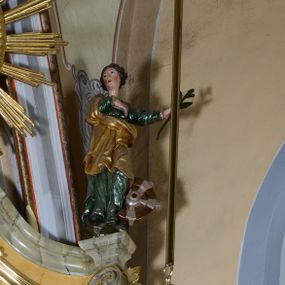
Sculpture of St. Catherine of Alexandria
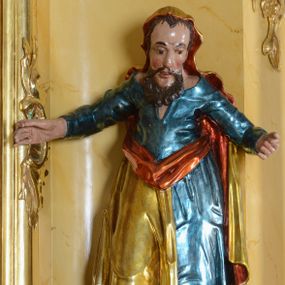
Sculpture of St. Luke
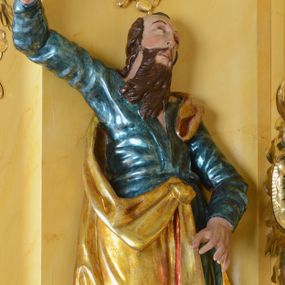
Sculpture of St. Mark
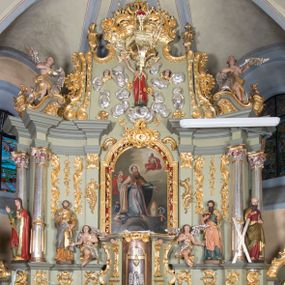
High altar
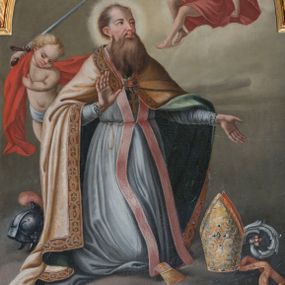
St. Martin
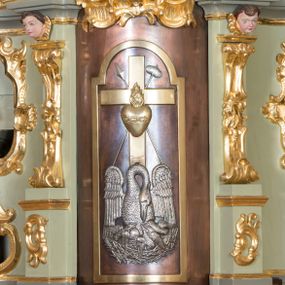
Tabernacle
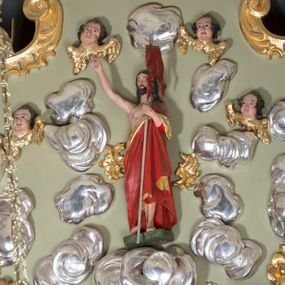
Risen Christ (sculpture)
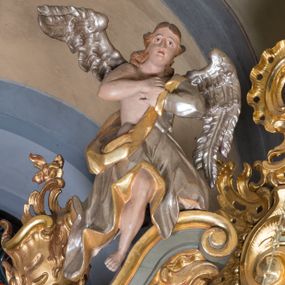
Two angels in altar finial (sculpture)
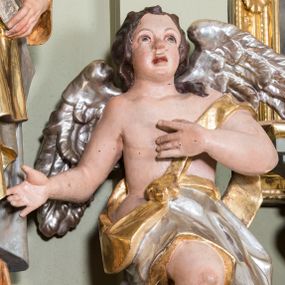
Two angels (sculpture)
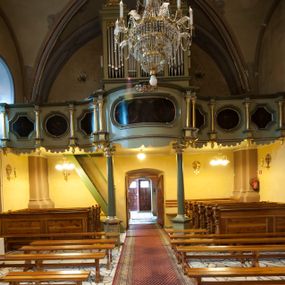
Music choir
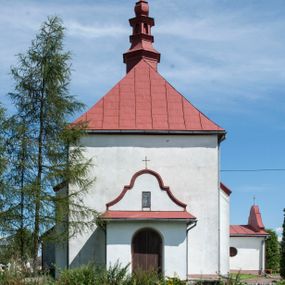
St. Valentine's church in Krempany
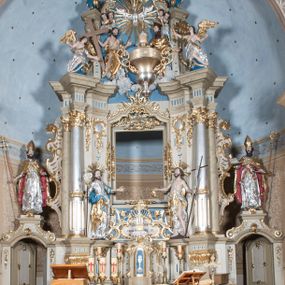
High altar
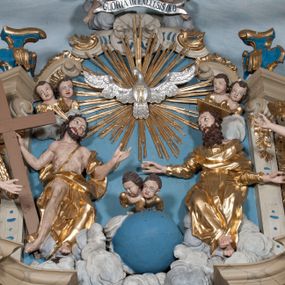
Holy Trinity (sculpture)
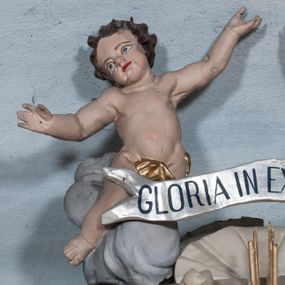
Two angels in altar finial (sculpture)
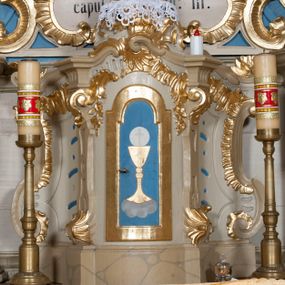
Tabernacle
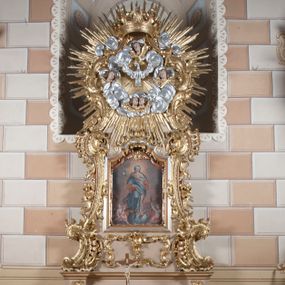
Side altar
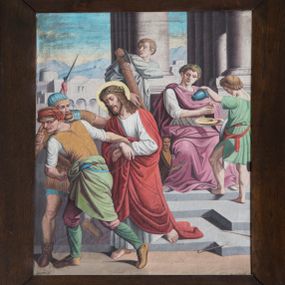
Stations of the Cross
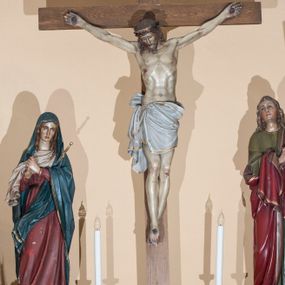
Crucifixion Group (sculpture)
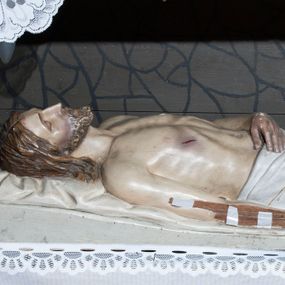
The Body of the Dead Christ in the Tomb (sculpture)
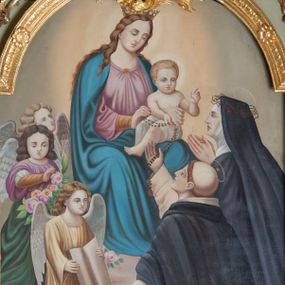
Our Lady of the Rosary with St. Dominic and St. Catherine (painting)
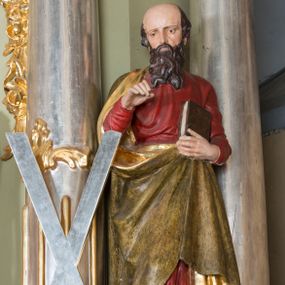
St Andrew (sculpture)
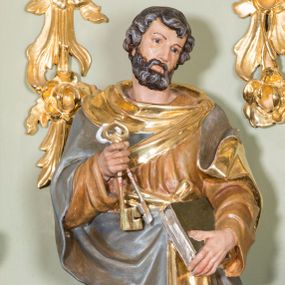
Saint Peter Sculpture
History abstract
The oldest sources mention that the colonization of Zamagurie was entrusted to the Hungarian Berzevicz family. In the 16th century, the village came into the possession of the Horváth-Stansith family, who held the Dunajec demesne continuously until the mid-19th century. According to the visit of the Spiš chapter in 1655, 177 Catholics lived in the town, but the majority of power was concentrated in a small group of Lutherans (30 people). Intensive re-Catholicism mission in Spiš was completed around 1700 by the success of the Catholic Church. In the years 1709-1711 a terrible plague epidemic struck the region, decimating the local population. By the mid-18th century, the village already had almost 450 people, which was undoubtedly due to the success of the recovery of temples converted into congregations before. After the extinction of the Horváth-Stansith family, the Salamon family and the Jugenfeld family bought Niedzica and its adjoinings. In 1843, the number of inhabitants in Krempachy reached 890 people, and remained at a similar level for the next half-century (despite frequent epidemics of typhus). The introduction of a large range of autonomy in the Kingdom of Galicia and Lodomeria in the 1860s increased patriotic sentiment among Poles and Slovaks. However, the change was brought only by the end of the war in November 1918, when the independent Republic of Poland and Czechoslovakia were proclaimed. One of the main problems of the new states was the demarcation of their borders, which was ultimately based on the Tatra mountain range with the allocation of Zamagurie to Poland. For the new areas, a temporary, commissionary Spiš -Orawa district was established. As it turned out, the most important task for the new administration was the liquidation of the still existing serfdom (sic!), known as "żelarka" (successfully completed in 1931). In Krempachy, oats, barley and potatoes were mainly grown, and cattle were bred. The reforms also included the education system (single-class schools prevailed in the region, with institutions suffering from lack of qualified staff). In September 1939, the army of General Ferdinand Čatloš, together with German units, crossed the border with the Republic of Poland in the Jurgów area, establishing a new demarcation with the General Government on the Biała river. Soon, secret underground courier routes were created in the area, as well as places of illegal smuggling of food, weapons or even people. At the beginning of 1944, the Home Army established independence partisan structures in Spiš. The first Bolshevik units appeared in the area in January 1945. In the early period of communism, officials quickly started to parcel the estate of Salamon family from Niedzica. Thanks to the farmers' self-organisation, the commune cooperative "Samopomoc Chłopska" (Peasant Self-Help) was soon established in the village. The craft was still based on carpentry, locksmith's and blacksmith's services. In accordance with the reform of the administrative division, the National Councils were established in 1955, including Krempachy to the Lopuszna cluster. In Krempachy the historical layout of the village development with characteristic houses and barns on the outskirts has survived to this day.
How to cite?
Artur Karpacz, "Krempachy", [in:] "The Sacred Lesser Poland Heritage", 2026, source: https://sdm.upjp2.edu.pl/en/places/krempachy-1